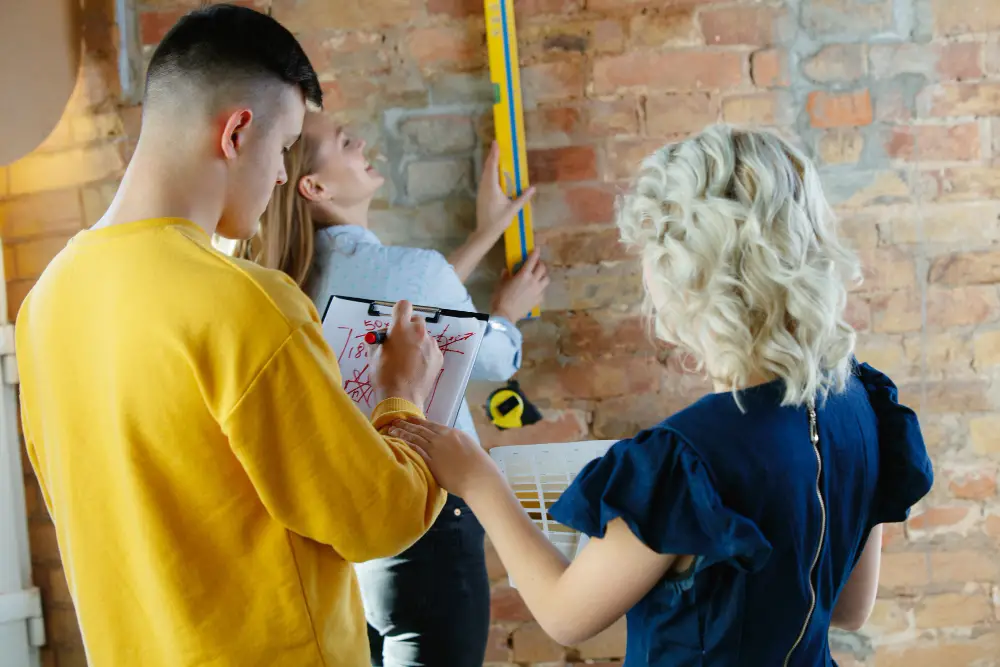Last updated on
Embarking on a home renovation project is an exciting endeavor that can breathe new life into your living space. However, amidst the chaos of construction and redesign, it’s essential not to overlook the protection and storage of your furniture. Neglecting this aspect can lead to damages, scratches, and unnecessary wear and tear.
In this guide, we’ll explore effective strategies to safeguard and store your furniture during home renovations, ensuring that your cherished pieces emerge unscathed and ready to adorn your revamped space.
What's Inside
Assessing the Renovation Scope

Before diving into the protective measures, it’s crucial to assess the scope of your renovation project. Understanding the extent of the work will help you determine which furniture pieces need special attention. For extensive renovations that involve multiple rooms, consider clearing out entire spaces to create a clean and safe environment for both your furniture and the workers.
This not only minimizes the risk of accidental damage but also facilitates a smoother renovation process. During this assessment, identify high-risk areas where dust and debris are likely to accumulate. Knowing the trouble spots will guide you in implementing targeted protective measures for furniture located in these vulnerable zones.
Proper Disassembly and Wrapping Techniques
Disassembling furniture, where possible, is a smart strategy to protect it during renovations. This applies particularly to larger pieces such as bed frames, tables, and cabinets. Taking apart furniture not only reduces the risk of damage but also makes it easier to store and transport.
Once disassembled, invest in high-quality packing materials to wrap each component securely. Bubble wraps, moving blankets, and furniture pads are excellent choices for providing a protective barrier against dust, scratches, and minor impacts. Ensure that delicate surfaces and intricate details are adequately covered to prevent any potential harm.
Strategic Furniture Placement and Temporary Storage

Strategic furniture placement is key to minimizing the impact of renovation activities on your prized possessions. Identify a designated, low-traffic area within your home where furniture can be temporarily stored. Ideally, this area should be away from the construction zones to reduce exposure to dust and potential damage.
For larger furniture pieces that cannot be easily disassembled, consider moving them to a temporary storage unit. Many professional moving and storage companies offer short-term storage rental solutions that provide a secure and climate-controlled environment for your furniture.
If you decide on renting self storage temporarily, this not only protects your belongings during renovations but also frees up valuable space within your home, allowing contractors to work more efficiently.
Plastic Sheeting and Sealing off Spaces
One of the most effective ways to protect furniture during renovations is by sealing off the construction area. Plastic sheeting or drop cloths can be used to create a barrier that prevents dust and debris from reaching your furniture. Covering furniture with plastic sheets, especially those near the renovation site, adds an extra layer of defense against potential damage.
Additionally, cover the floors with protective materials to prevent scratches and stains. Heavy-duty plastic or canvas drop cloths are excellent choices for safeguarding both your furniture and flooring.
During a home renovation, protecting and storing your furniture is a crucial task that requires careful planning and execution. By assessing the scope of your project, disassembling and wrapping furniture components, strategically placing items in temporary storage, and utilizing plastic sheeting to seal off spaces, you can ensure that your cherished pieces emerge unscathed from the renovation chaos.





